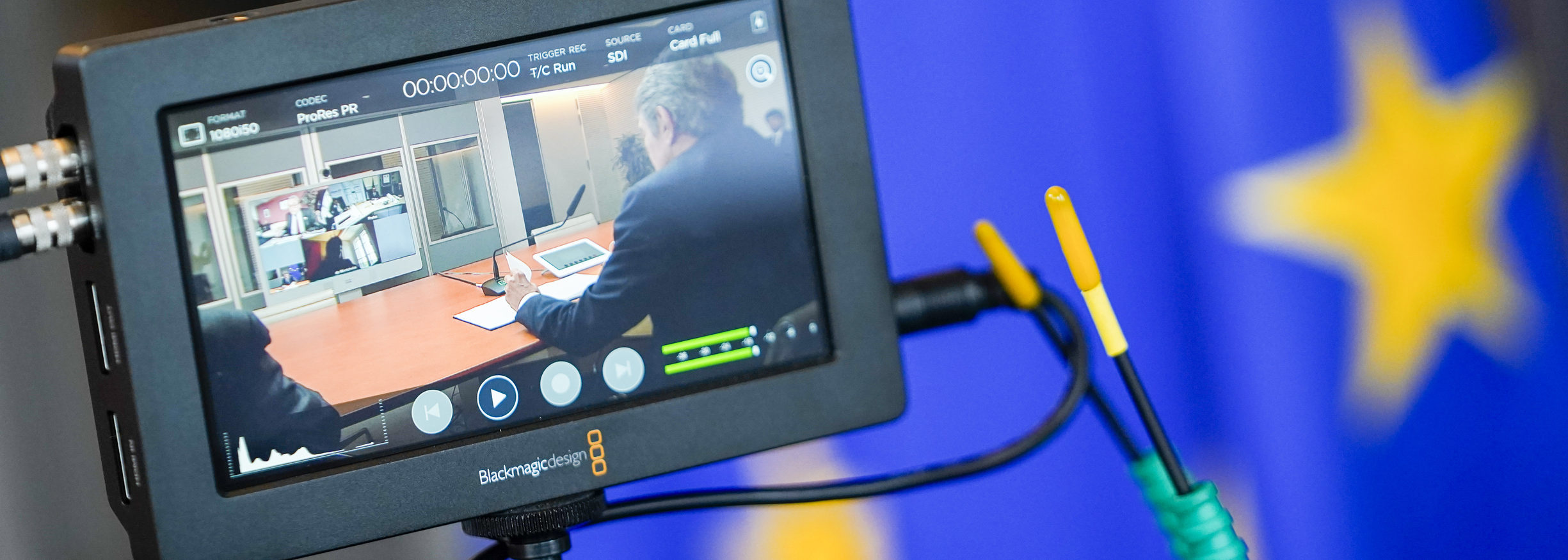Addressing the environmental root causes of conflict in Liptako Gourma
01/02/2024
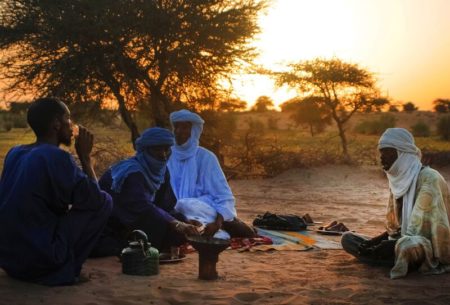
Environmental peacemaking as an approach to conflict prevention and resolution
As climate change progressively emerges as an additional challenge to our collective capacity to prevent and manage crises, mediators must increasingly factor its implications on conflict, and recognise environmental issues as potential entry points to peacemaking. Incorporating environmental issues into a mediation process can contribute to its resolution by establishing the groundwork for a more sustainable peace and creating mechanisms for future collaboration. Environmental peacemaking aims to enhance the prevention and resolution of conflicts by specifically addressing underlying factors linked to climate, environmental issues, and natural resource drivers.
The Liptako Gourma region in the Sahel holds significant potential to benefit from the environmental peacemaking approach given its population’s dependency on shared natural resources, whose rapidly increasing scarcity contributes to threatening ancestral ways of life, exacerbating tensions between communities and functions both as a contributor to and a victim of the widespread insecurity prevailing across Mali, Burkina Faso and Niger.
Since 2015, the region has experienced a significant surge in armed conflict, primarily characterised by confrontations between communities and clashes between regular armed forces and Non-State Armed Groups, including jihadist organisations. The intricate security landscape in the region evolves against the backdrop of increasing political instability, made salient by successive military coups. Violence has manifested in various forms, all contributing to deepening social rifts between communities and between these communities and the States supposed to ensure their protection.
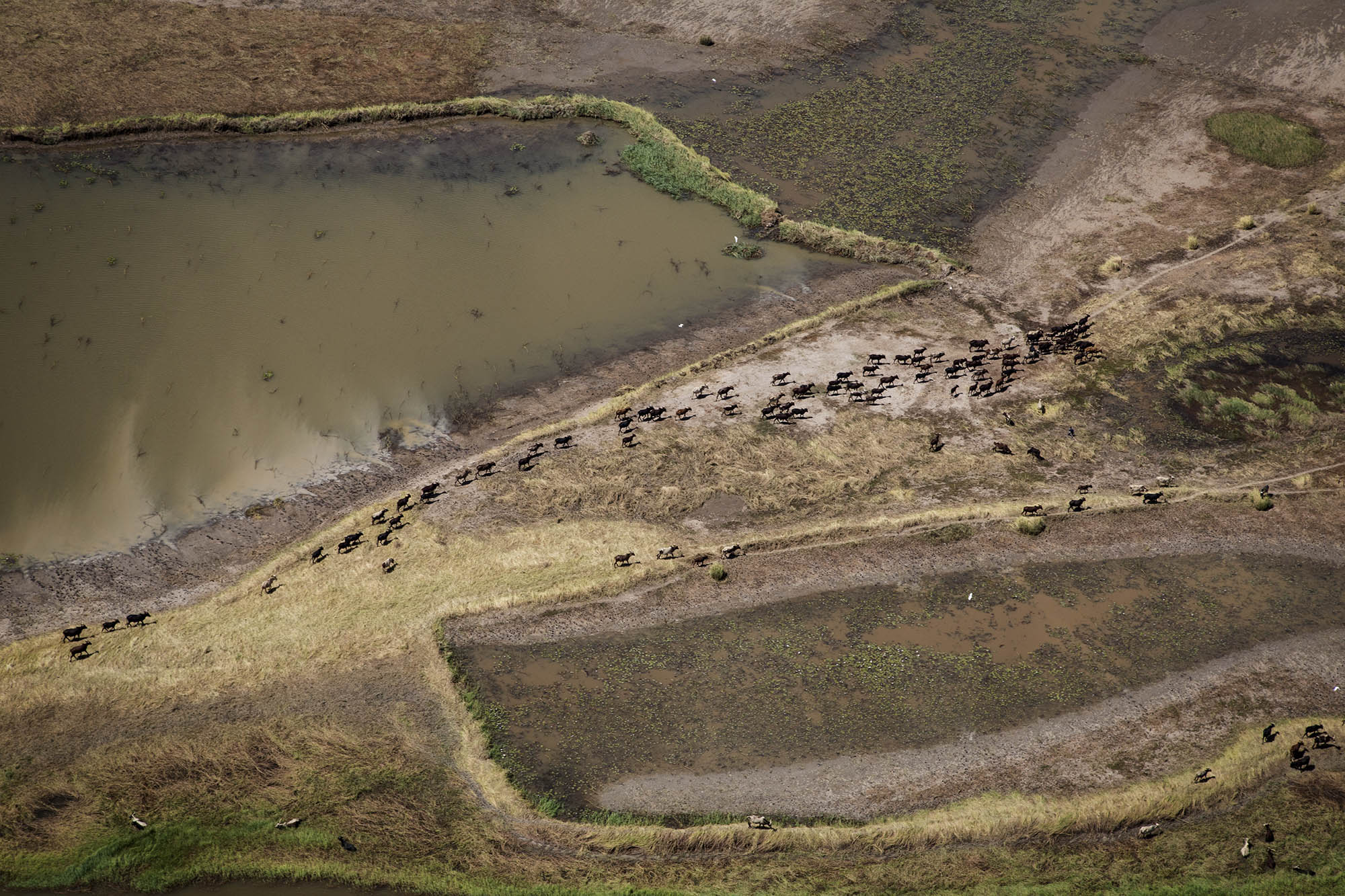
An innovative environmental peacemaking project in Liptako Gourma
In 2022, the ‘Environmental Peacemaking in Liptako-Gourma’ began being implemented in a partnership between TrustWorks Global (TWG) and the European Institute of Peace (EIP), with the generous support of the Grand Duchy of Luxembourg. The project aimed to contribute to a foundation for sustainable and lasting environmental peace through information-sharing, dialogue, mediation, and collaboration.
In this intricate background, the project’s ambitious environmental peacemaking approach strived to improve peacemaking and transboundary cooperation by recognising the interconnectedness of conflict and ecosystems and that natural resources, environmental degradation, and climate change contribute to the root causes of conflict in Mali Burkina Faso, and Niger.
Working closely with authorities and civil society partners from the three countries, the project opened new venues for transboundary collaboration to address the root causes of environmental conflict, support mediation over environmental disputes, and contribute to the integration of peace components in natural resources management practices.
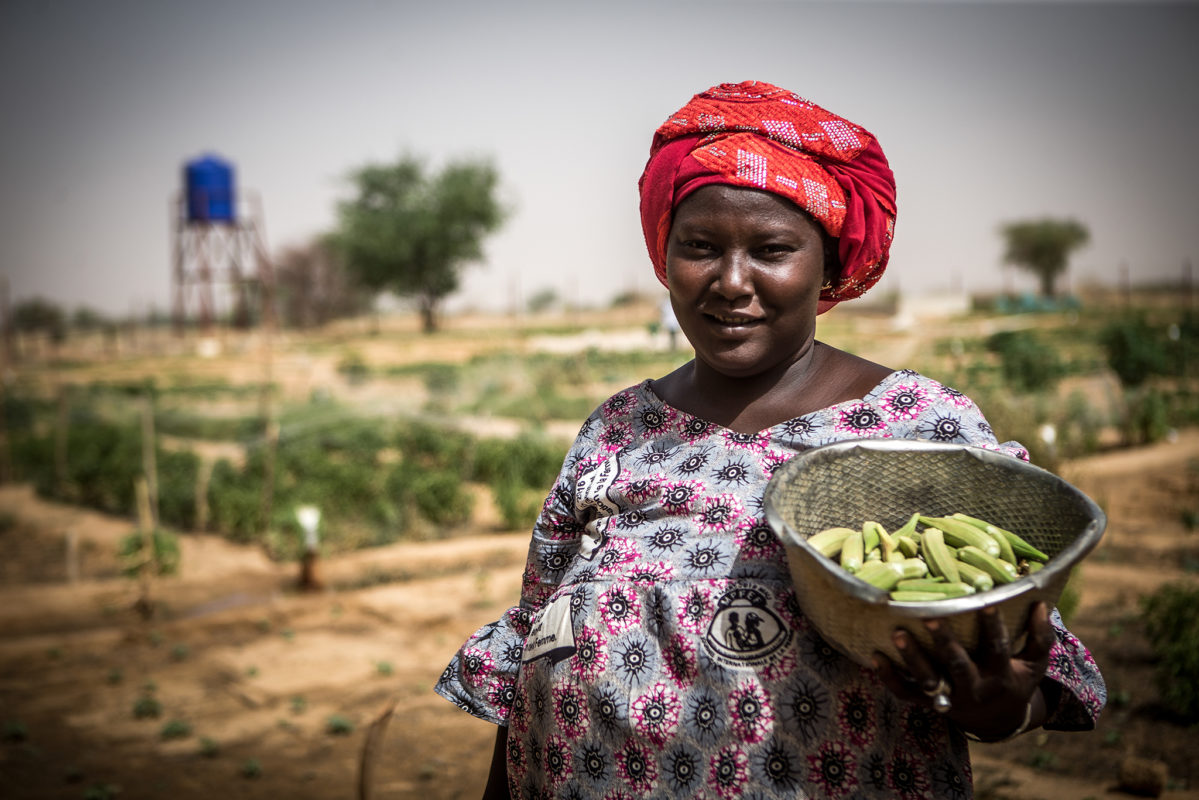
Best practice and approaches from local actors
Knowledge sharing was a key objective of the project, given the plethora of environmental peacemaking best practices already being implemented by tribal leaders, civil society organisations and authorities. The project compiled key examples in four practice notes supporting local actors in sharing their expertise with others in the region. It developed two approaches to environmental mediation and peace-positive natural resources management tailored to the Liptako Gourma region, inspiring local, national and regional actors to incorporate environmental components in strategies, roadmaps, and action plans related to the promotion of dialogue, practice of mediation, design of peace processes, and brokering of agreements.
This practice note series explores cultivating a peaceful coexistence and collaboration culture through agropastoral land management for sustainable resource use and dispute resolution, community-led resource management, and strategies to prevent forced displacement.
Visit our interactive microsite to comprehensively explore these initiatives and discover more about these innovative and locally rooted approaches to environmental peacemaking in Liptako Gourma.
We extend our thanks to our partners for their contribution to environmental peacemaking, who made possible the success of this project: His Majesty Ousmane-Amirou Dicko, the Emir of Liptako; Mamoudou Abdoulaye Diallo, Executive Director of the Malian Local Development Support Initiative (IMADEL); Issifou Ganou, Executive Secretary of the National Land Observatory of Burkina Faso (ONF-BF); and to Assoumane Abdourhamane, Technical Advisor to the High Authority for Peace in Niger (HACP).
Publications connected to this project are as follows:
Mediation by a customary authority, His Majesty Ousmane-Amirou Dicko, Emir of Liptako
A mapping of issues and environmental peacemaking initiatives in Liptako Gourma
An environmental peacemaking approach in Liptako Gourma
A peace-positive approach to natural resource management in Liptako Gourma
